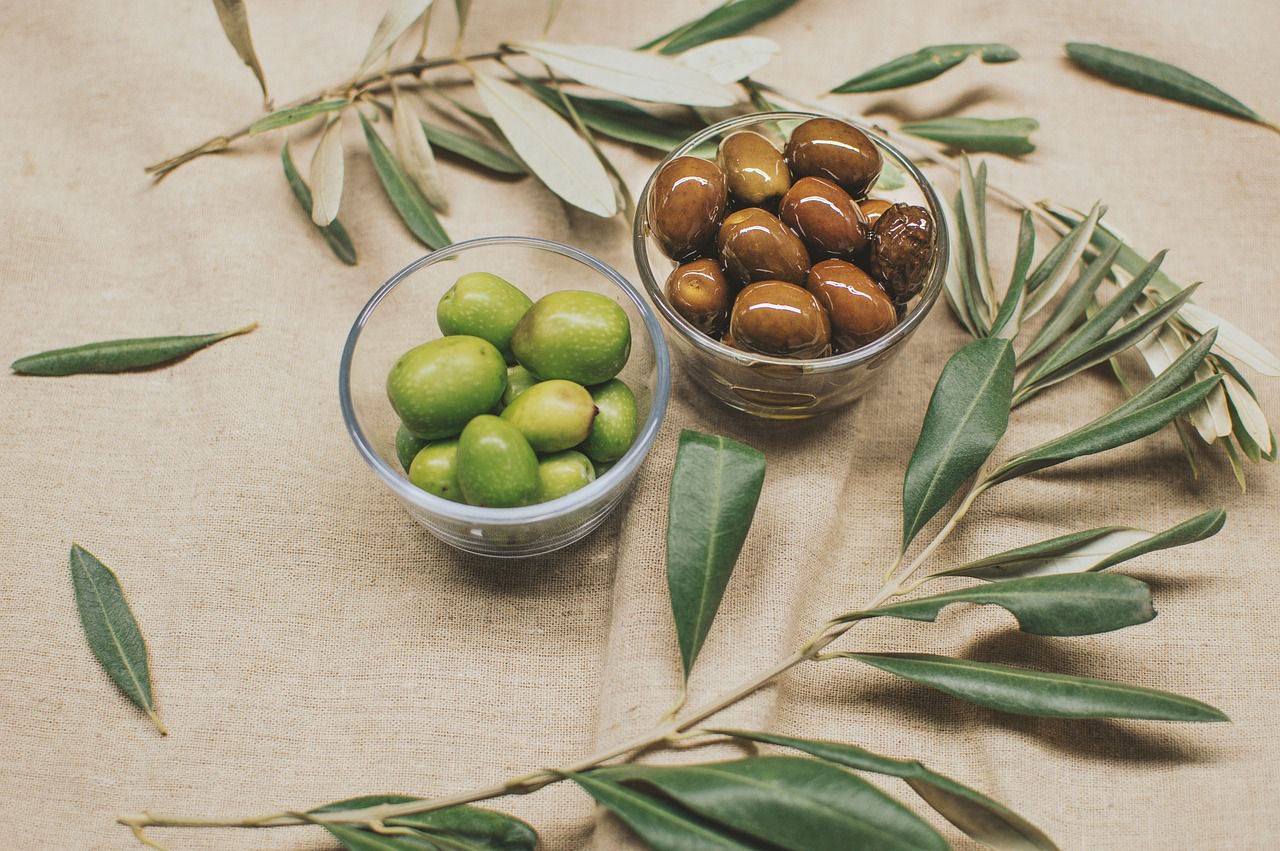Do you have food that you used to like as a kid, but dislike now?
Food preferences can change with age due to a combination of physiological, psychological, and environmental factors.
Here's why our tastes in food can evolve as we grow older.
Physiological Changes
Our sense of taste and smell can change over time due to physiological changes in the body.
As we age, the number and sensitivity of taste buds may decrease, affecting how we perceive flavors.

This can lead to a decreased sensitivity to certain tastes, such as sweetness and saltiness, and a preference for stronger flavors.
Nutritional Needs
Our nutritional needs evolve throughout life.
Babies and children have rapid growth and development, which may drive their preference for energy-dense and sweet foods.
As we age, our nutritional requirements change, leading to a greater appreciation for nutrient-rich foods that support overall health.
Exposure and Familiarity
Early exposure to certain foods plays a significant role in shaping food preferences.
Foods frequently consumed during childhood tend to be preferred later in life due to familiarity.
Similarly, exposure to diverse cuisines and flavors can broaden food preferences as we grow older.
Texture and Mouthfeel
Changes in dental health, jaw strength, and digestive capacity can affect our ability to enjoy certain textures and mouthfeel.
Some individuals may develop preferences for softer or easily chewable foods as they age.









